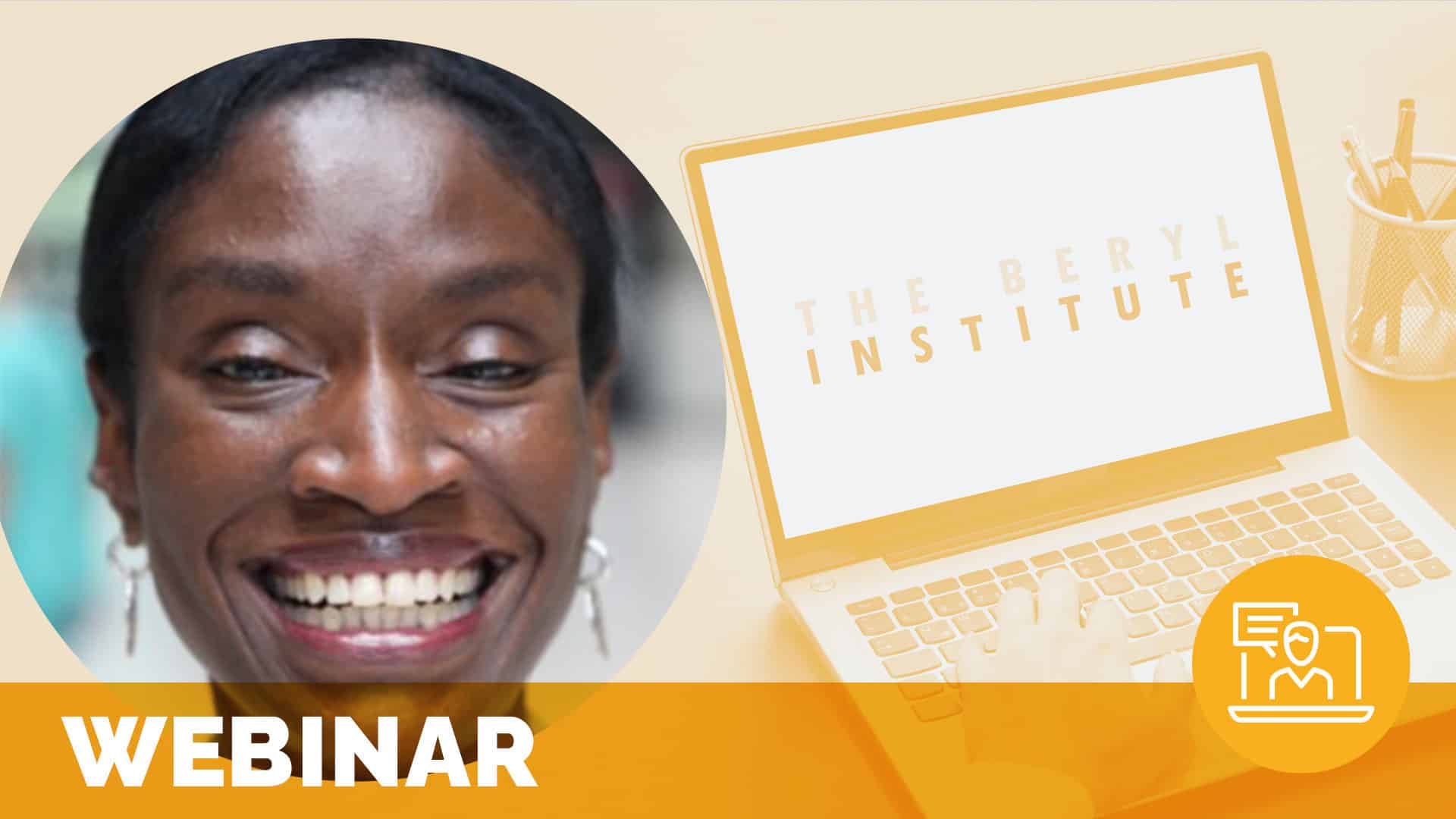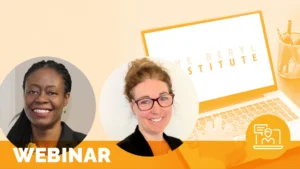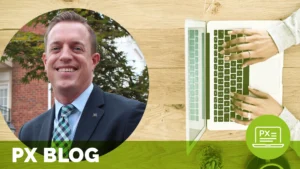Understanding, Equity, Inclusion and Cultural Differences

Pamela Y. Abner, Vice President and Chief Administrative Officer-Office for Diversity & Inclusion, Mount Sinai Health System
The presentation will address:
- Raising awareness of cultural factors and beliefs that impact cultural competence in terms of how we provide care to patients
- Focusing on the capacity to function effectively as individuals or an organization within the context of cultural beliefs and behaviors of diverse communities
- Identifying tools to enhance communication with patients
- Practicing inclusivity to achieve equity
Related content
-
 Culture & Leadership | Staff & Provider Engagement
Culture & Leadership | Staff & Provider EngagementUsing Gratitude to Elevate the Human Experience
In this webinar, the presenters will share how they developed a Gratitude Report as a part of Southcoast Health’s grateful patient program using positive patient feedback, comments, and stories to recognize caregivers that embody the values and service behaviors. The Gratitude Report is a list of employees’ names that have been mentioned by patients and
Learn more -
 Culture & Leadership
Culture & LeadershipYCX: How Three Letters Impacted Culture, Engaged Leaders, and Drove Results
By Brent A. Grunig, Communications & Training Consultant, The Southeast Permanente Medical Group The Southeast Permanente Medical Group (TSPMG) named 2023 as the “Year of Care Experience”— or YCX. What started out as an idea for a year-long campaign ended up becoming an overwhelming success using a multi-faceted approach across teams and departments within TSPMG
Learn more -
 Culture & Leadership
Culture & LeadershipPX Champions: Improving our Impact by Broadening our Reach
How can we ingrain patient experience into our organization’s culture? This is the question our team pondered as we developed the 2024 strategy for our medical group. At that time, patient experience (PX) was something teams focused on, but mostly when scores were low. It was our goal for PX to be a foundation from
Learn more
